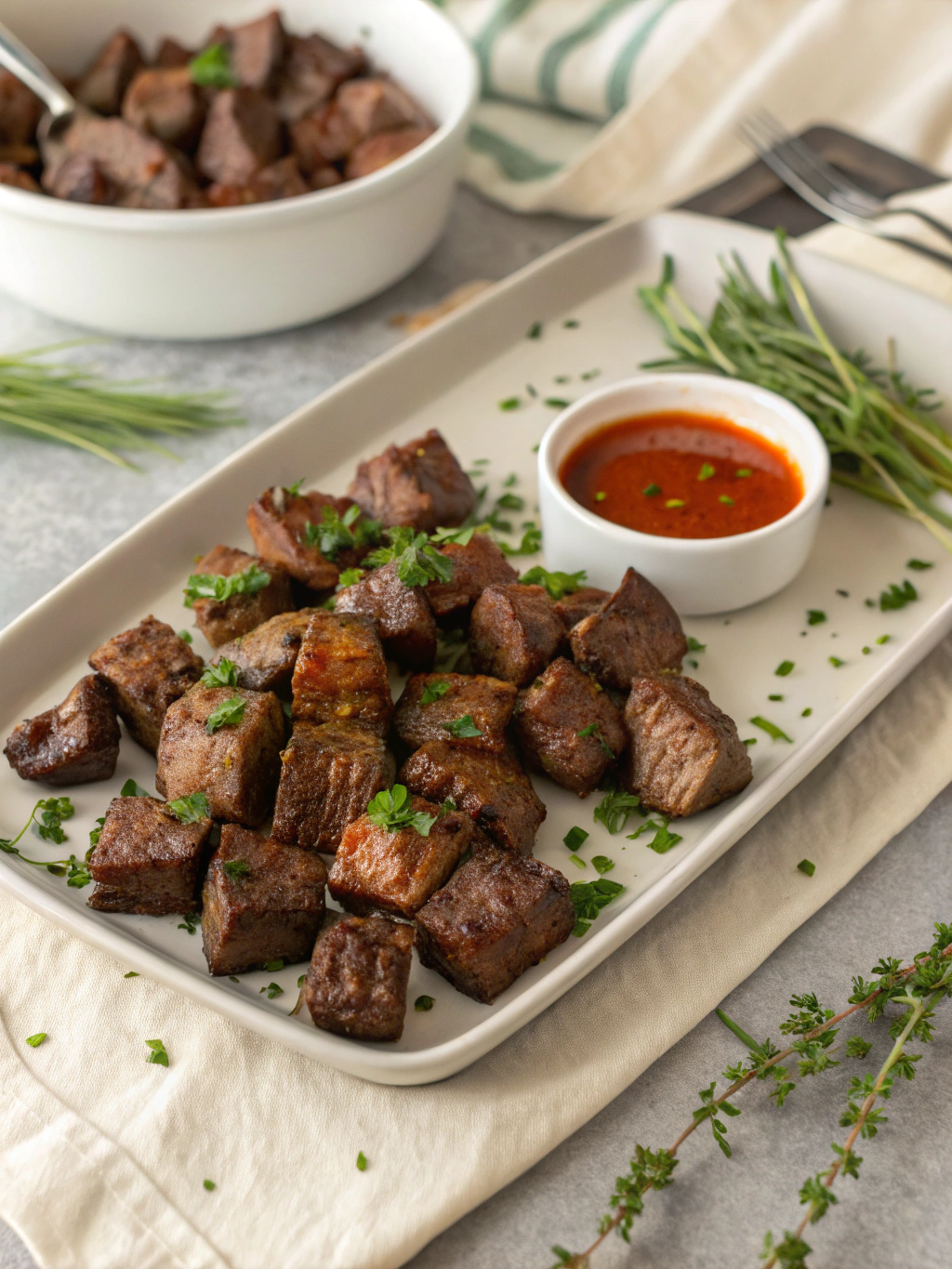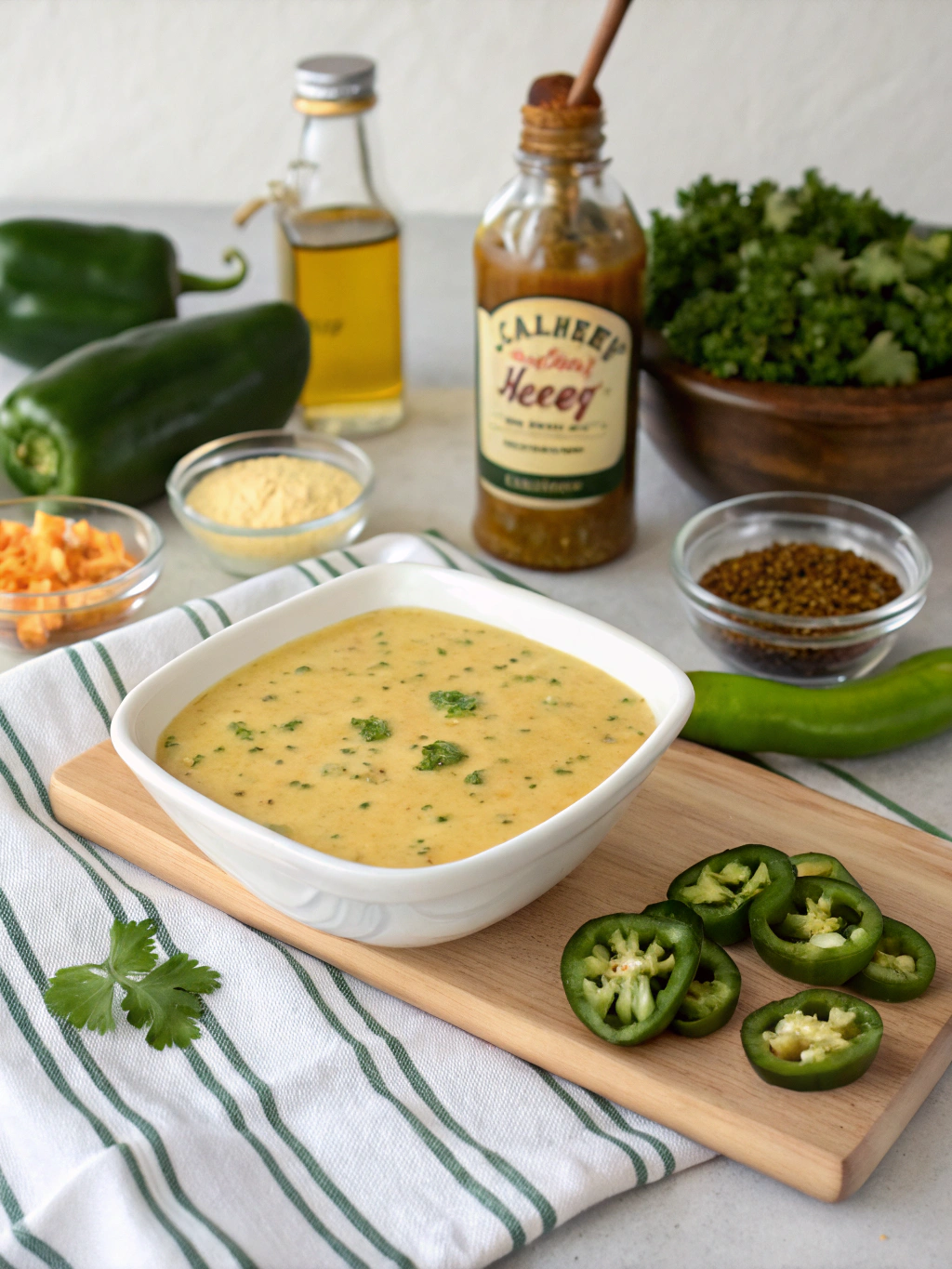Welcome to KitchenFeast: Your Destination for Delicious Recipes
Browse quick meals , healthy dishes, and crowd-pleasers. Perfect for busy days or special moments.
Quick Meal Ideas
See more newest recipes
Dinner
Dinner Recipes: 7 Easy Delicious Meals for Busy Weeknights
Exhausted after work but still want a homemade meal? Our dinner recipes easy enough for weeknights will save you time...

Dinner
Dinner Recipes With Chicken: 5 Easy Delicious Family Meals
Tired of the same boring meals? Transform your weeknight routine with our dinner recipes with chicken that are both kid-approved...
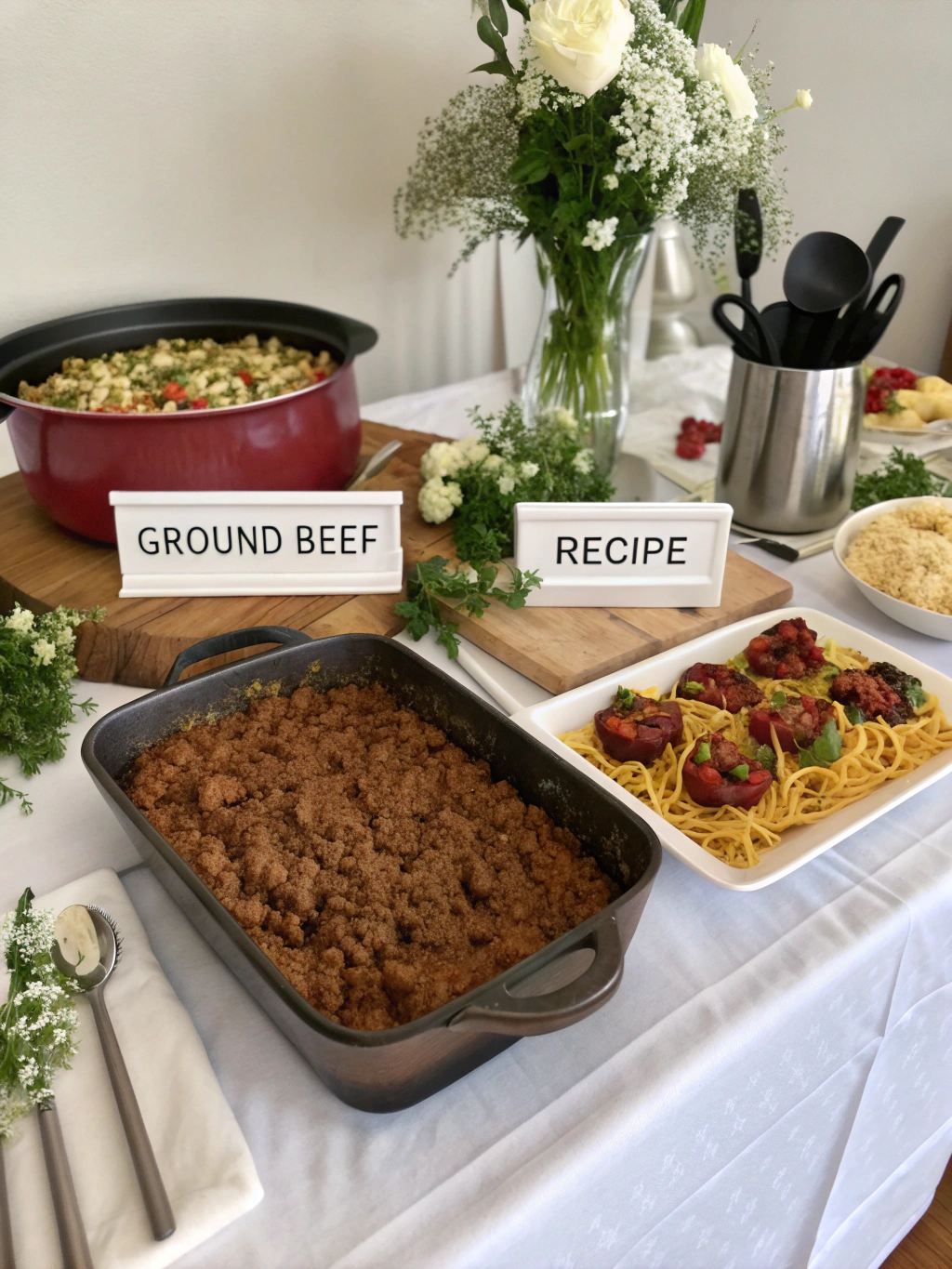
Dinner
Dinner Recipes Using Ground Beef: 7 Easy Flavorful Meals For Busy Weeknights
Tired of the same boring meals? These dinner recipes using ground beef transform this budget-friendly staple into 7 quick, flavorful...

Dinner
Easy Low Carb Dinner Recipes: 7 Simple Delicious Weeknight Meals
Tired of mealtime dilemmas? Discover our easy low carb dinner recipes that transform weeknights - 7 quick, delicious meals packed...

About me
Kitchenfeast by Emma
Where we celebrate the joy of cooking and sharing delicious recipes. Our passion for food and culinary creativity inspired the creation of this blog, and we are excited to share our love for cooking with you.
Quick Dinner dishes

Dinner
Dinner Recipes: 7 Easy Delicious Meals for Busy Weeknights

Dinner
Dinner Recipes With Chicken: 5 Easy Delicious Family Meals

Dinner
Dinner Recipes Using Ground Beef: 7 Easy Flavorful Meals For Busy Weeknights

Dinner
Easy Low Carb Dinner Recipes: 7 Simple Delicious Weeknight Meals

Dinner
Gluten Free Recipes Dinner: 7 Easy Delicious Family-Friendly Meals

Dinner
Family Easy Dinner Recipes: 5 Essential Quick Weeknight Meals
Easy dishes
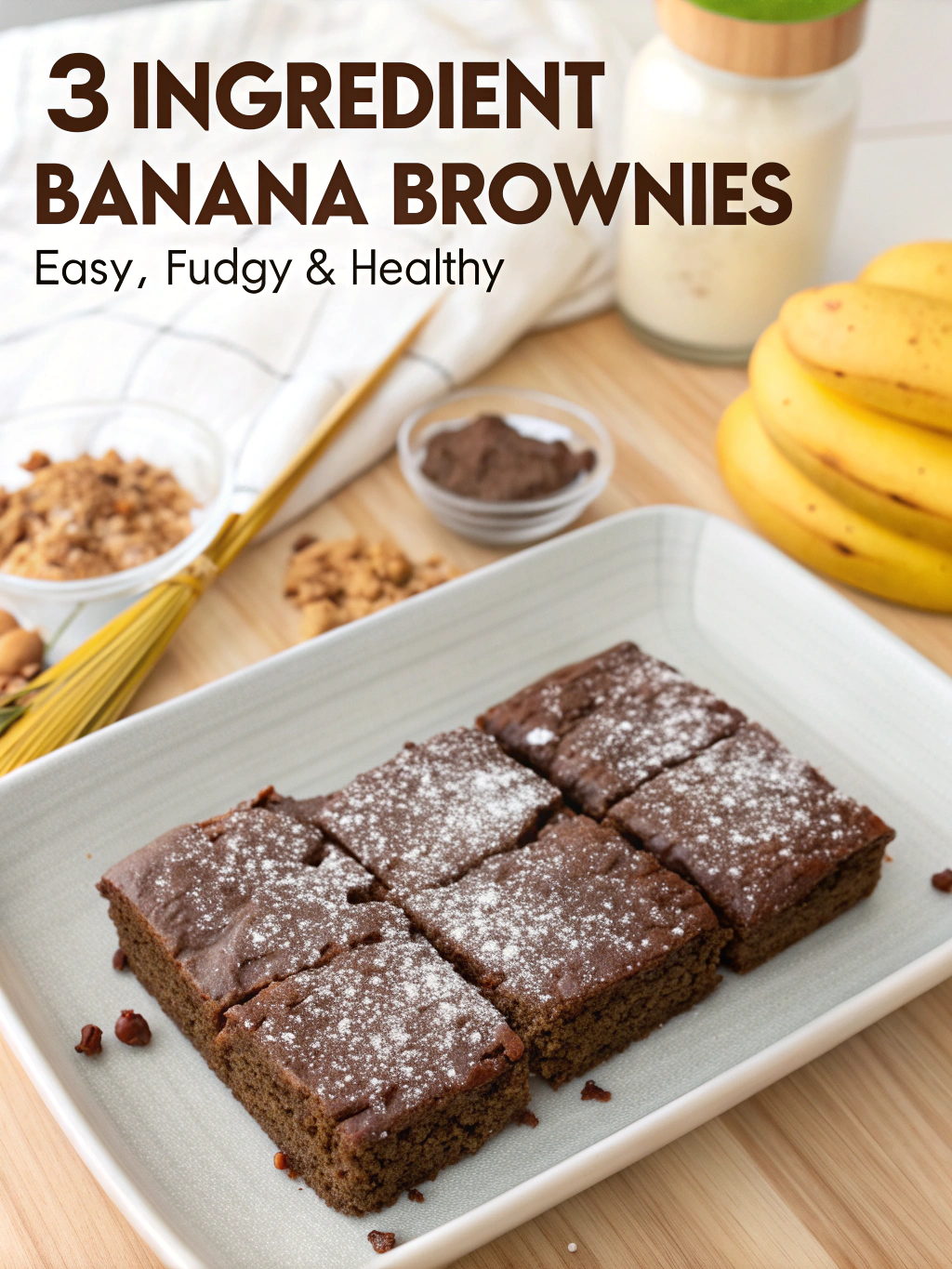
Healthy Recipes
3 Ingredient Banana Brownies – Easy, Fudgy & Healthy
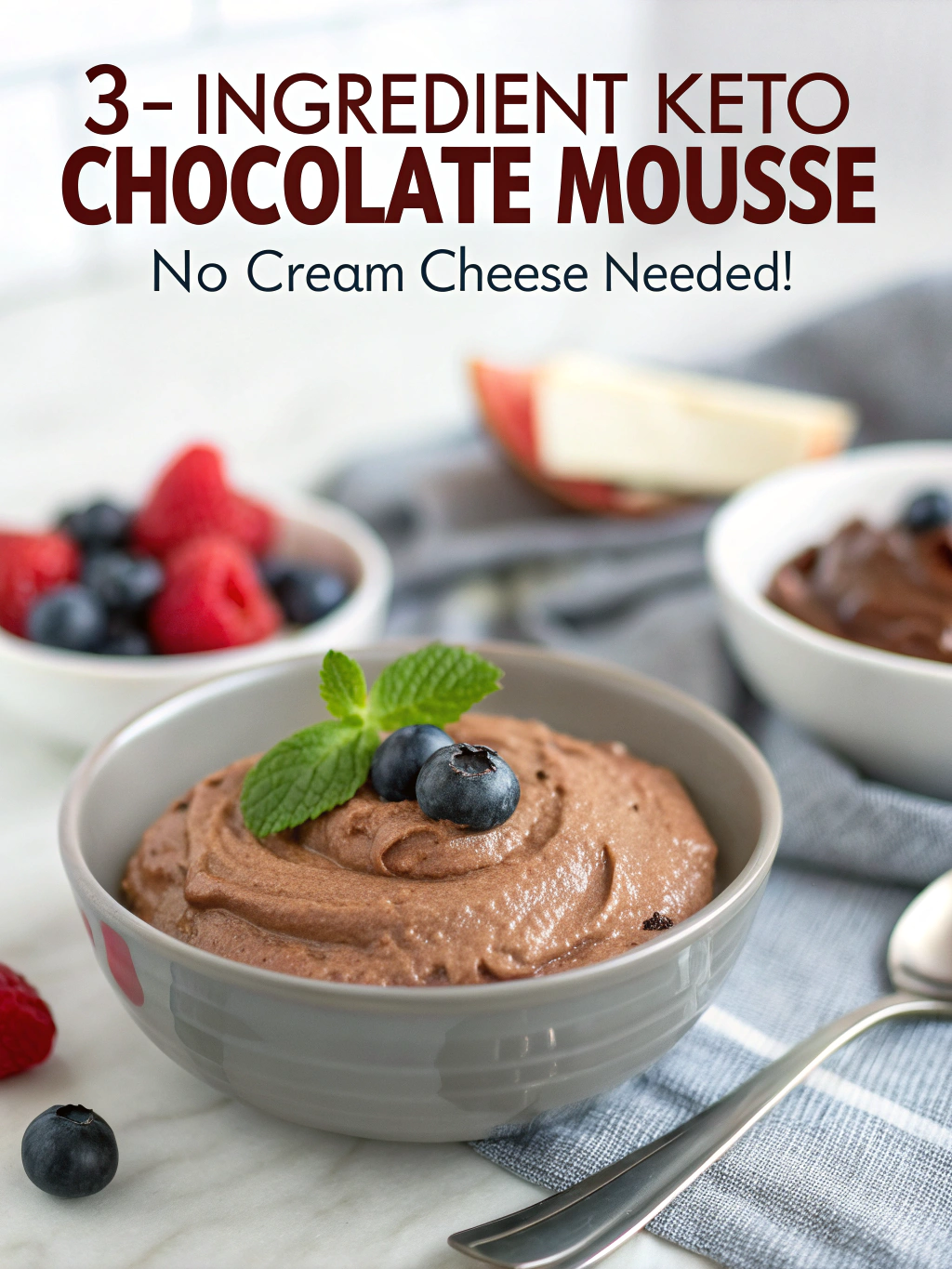
Snack
3-Ingredient Keto Chocolate Mousse: How to Make This Decadent & Guilt-Free Dessert—No Cream Cheese Needed!

Healthy Recipes
4 Ingredient Blueberry Oatmeal Cookies Recipe

Lunch
Air Fryer Steak Bites: How to Cook These Tender & Juicy Bites in 10 Minutes

Dinner
Bang Bang Salmon Bites Recipe – Crispy and Flavorful

Sides
Balsamic Vinegar Pickled Onions: 5 Quick Secrets for Tantalizing Flavor
Find the Right Recipe Fast
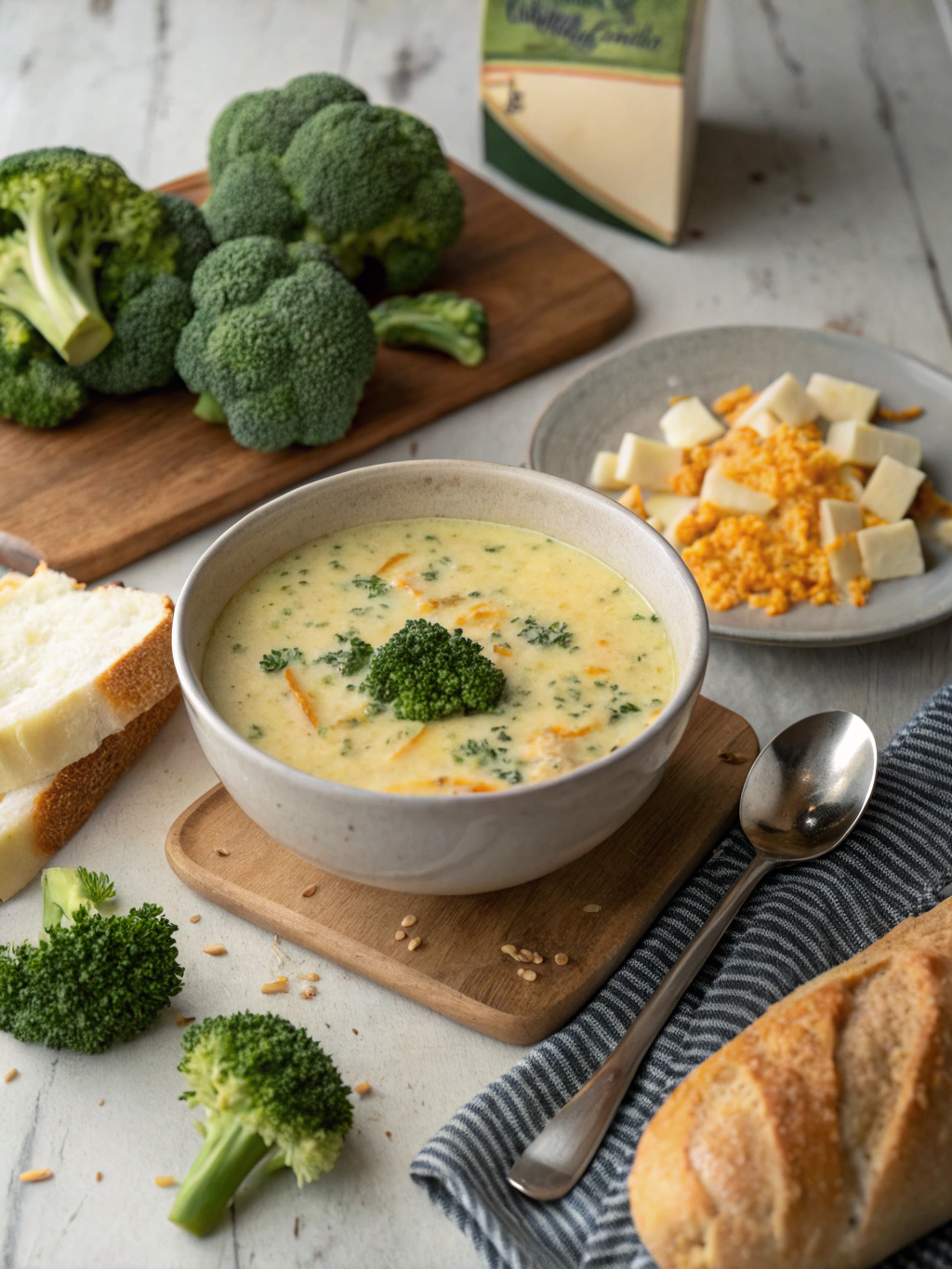
Lunch
Broccoli Cheddar Soup: How to Make This Creamy & Comforting Classic in 5 Easy Steps
Ever been elbow-deep in broccoli florets wondering why nobody tells you that cheese doesn’t actually want to blend with hot...

Lunch
Buffalo Chicken Stuffed Peppers: How to Make This Spicy & Savory Dish in 5 Simple Steps
Ever wonder why some stuffed peppers just sit there on your plate looking all proper and behaved, while others practically...
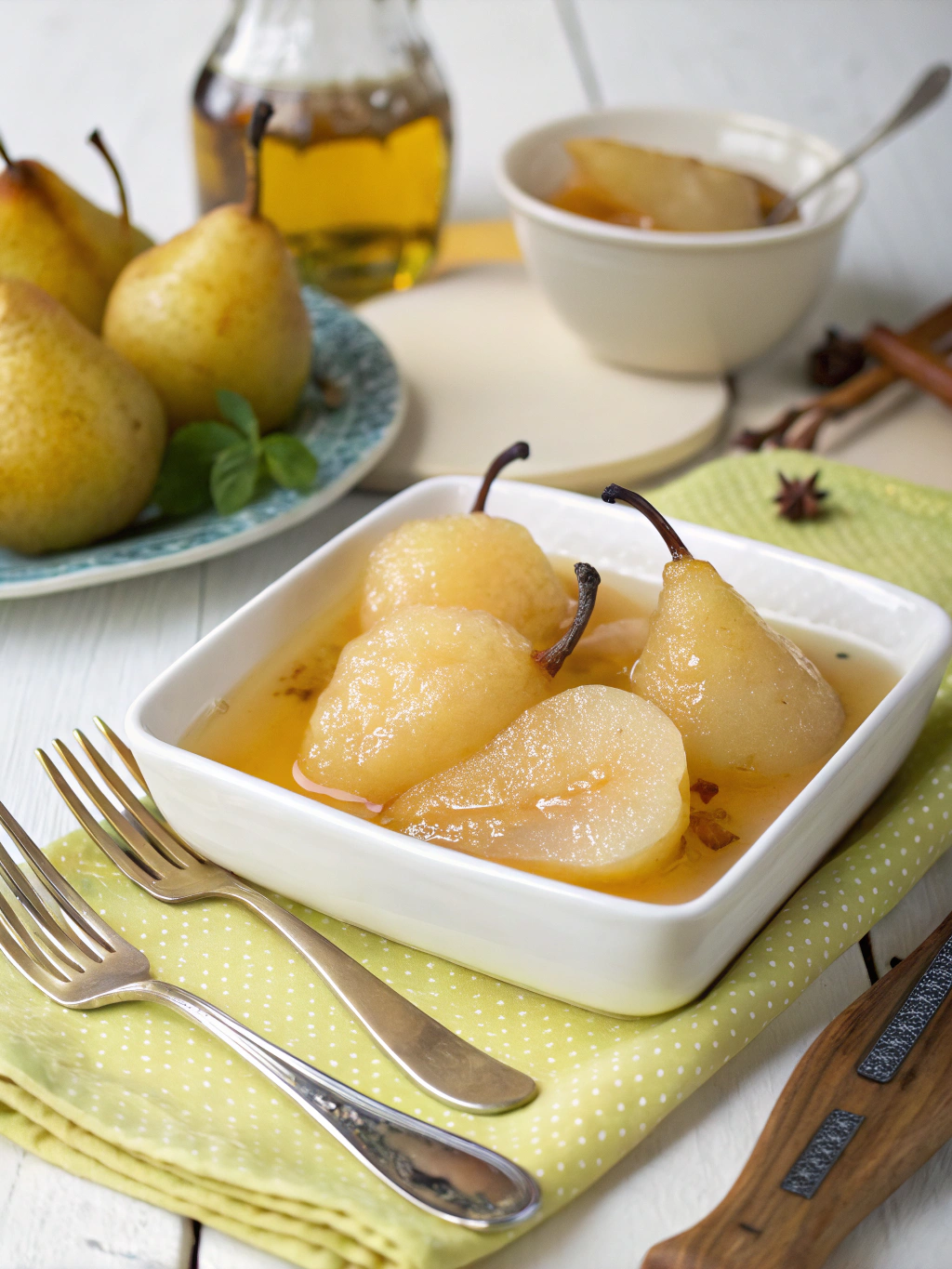
Snack
Canned Pears in Light Syrup: How to Make This Sweet & Refreshing Treat in 4 Simple Steps
Sunshine in a Jar: The Unforgivably Delicious Canned Pears in Light Syrup Recipe Ever wonder how some folks just casually...
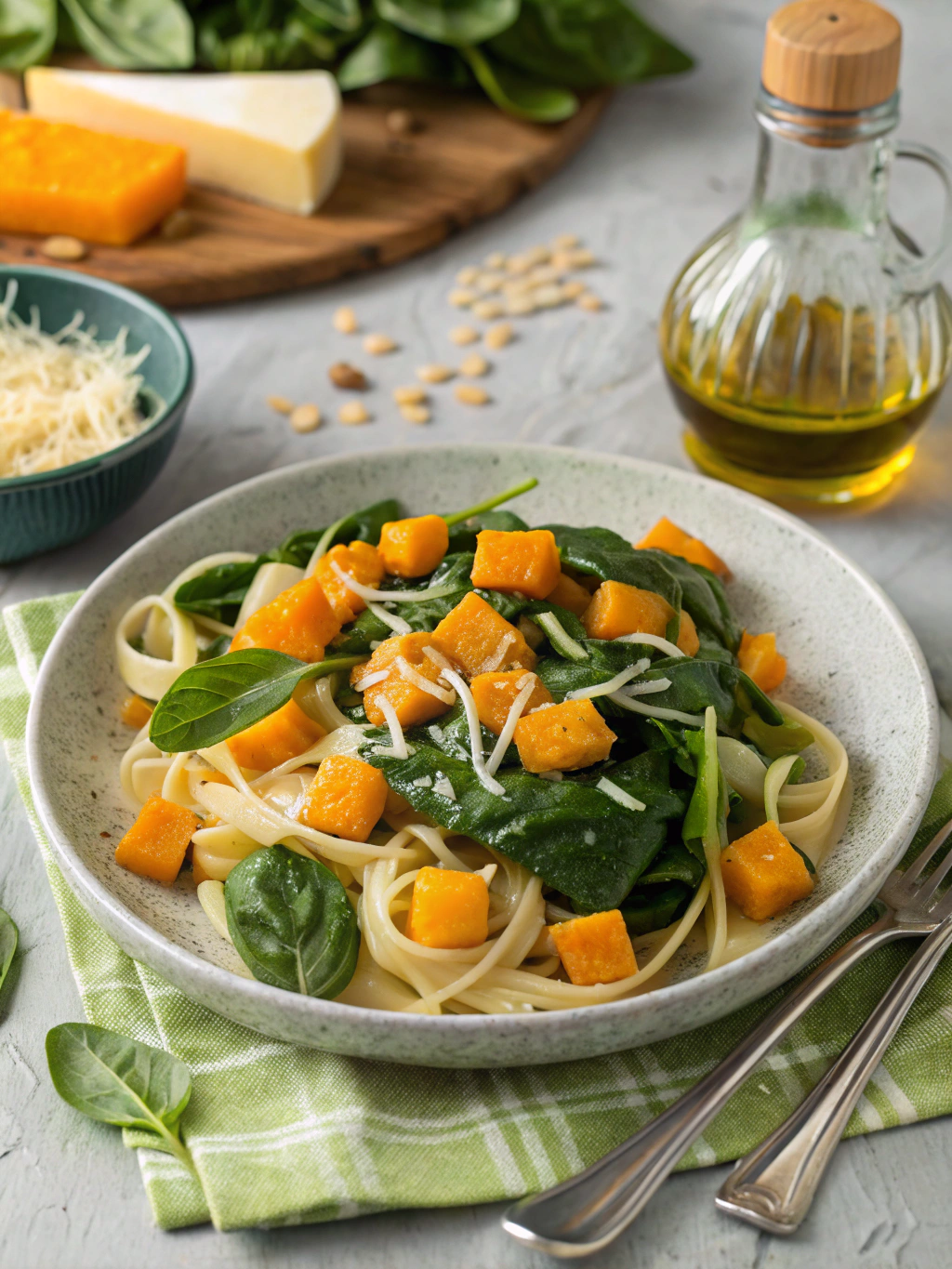
Healthy Recipes
Butternut Squash Spinach Pasta – Easy 25-Minute Meal
Discover this creamy Butternut Squash Spinach Pasta that's ready in just 25 minutes. Perfect for busy weeknights, this veggie-packed dish...
Healthy Meals
See more newest recipes
Healthy Recipes
4 Ingredient Blueberry Oatmeal Cookies Recipe

Healthy Recipes
Fudgy Low-Calorie Greek Yogurt Brownies – Healthy & Rich

Healthy Recipes
3 Ingredient Banana Brownies – Easy, Fudgy & Healthy
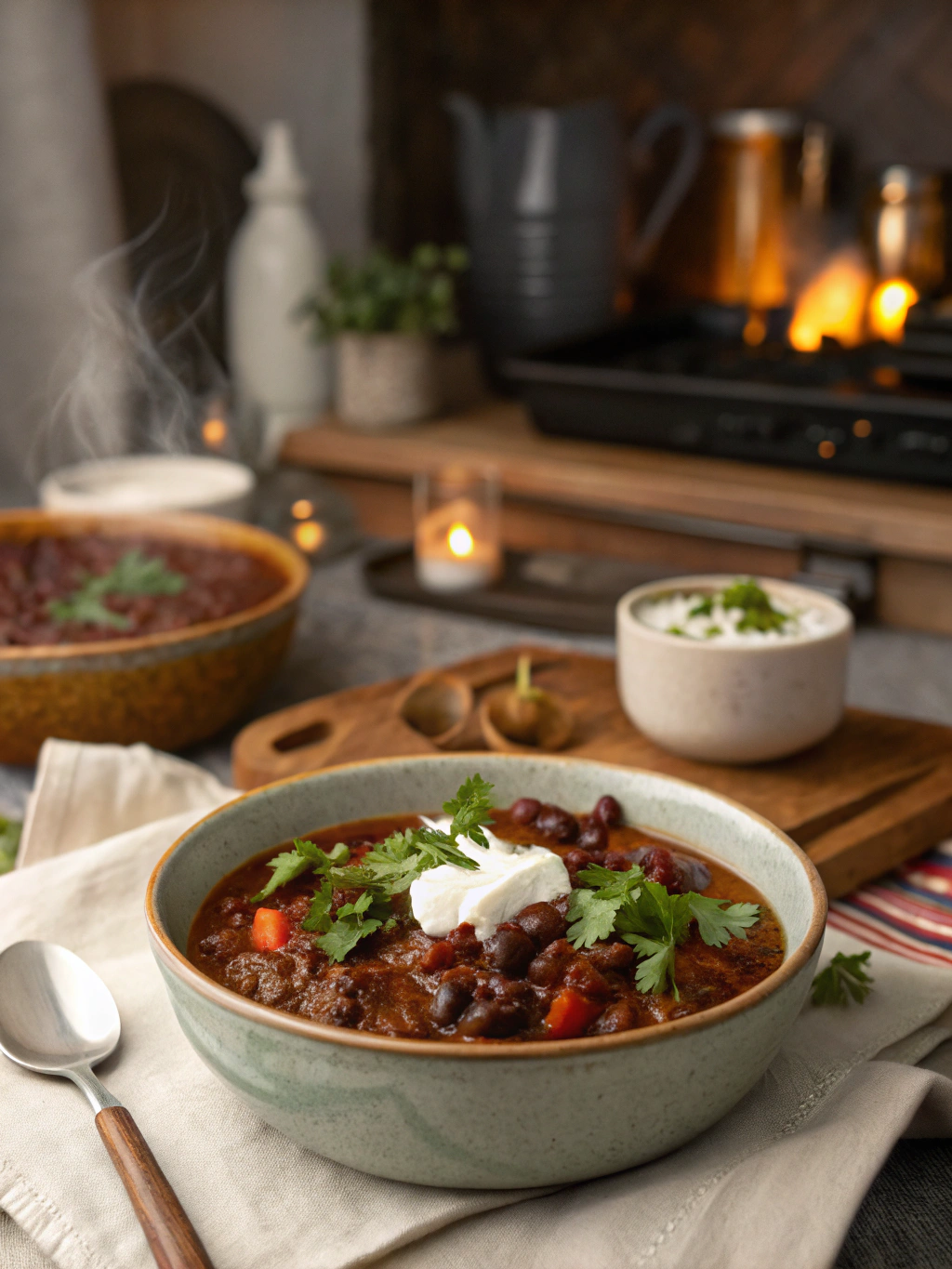
Healthy Recipes
High-Protein Beef Chili Recipe: How to Make This Hearty & Muscle-Building Meal in One Pot
Tips

Tips
Lunch Ideas: 7 Quick Spectacular Dishes to Mesmerize Your Cherished Friends

Tips
Simple Lunch Ideas for Work: 7 Irresistibly Easy & Time-Saving Meals to Power Your Day

Tips
Quick Lunch Ideas for Adults – Easy & Delicious Meals

Tips
Easy Lunch Ideas: 7 Quick and Impressive Ways to Dazzle Your Guests

Tips
Lunch Ideas for Adults: 7 Quick Tasty Protein-Packed Meals

Tips
Lunch Recipes 5 Quick Essential Meals for Vibrant Weekdays


